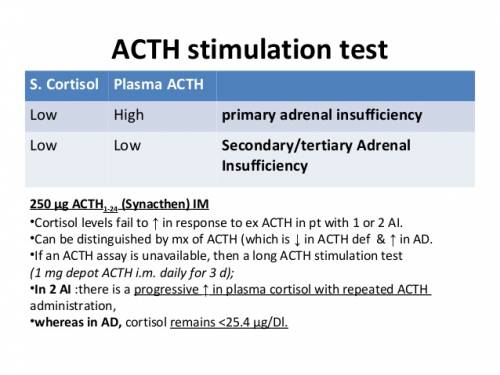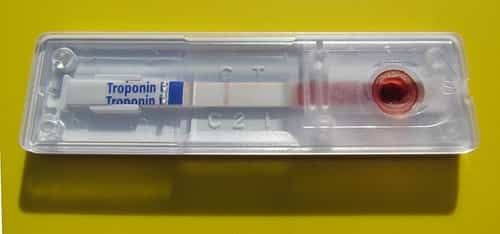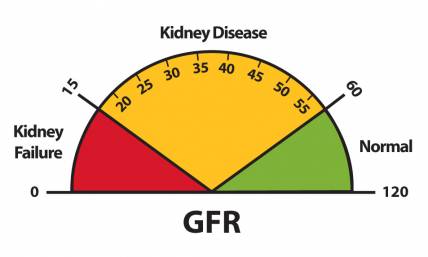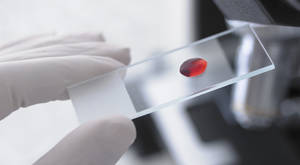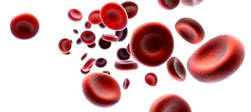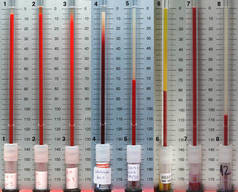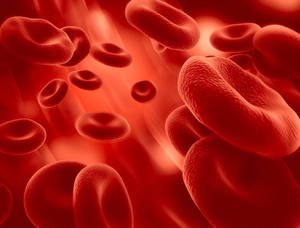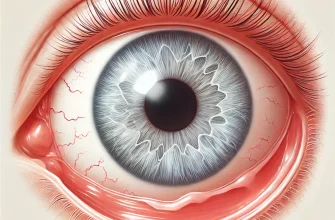The ACTH stimulation test is a medical procedure that evaluates the performance of the adrenal gland. It includes injecting synthetic adrenocorticotropic hormone (ACTH) into the patient’s bloodstream and then measuring cortisol levels in the blood or urine for a specific duration.
By analyzing the adrenal gland’s reaction to the injection and monitoring cortisol levels, potential issues such as Addison’s disease or Cushing’s syndrome can be identified. Typically, endocrinologists or other specialists in hormonal imbalances prescribe this diagnostic test.
What it is done for, which doctors can prescribe it
The ACTH stimulation test is primarily used to diagnose adrenal gland disorders, such as Addison’s disease or Cushing’s syndrome. Endocrinologists or other medical professionals who specialize in hormonal imbalances typically prescribe this test. This diagnostic exam can also aid in monitoring the effectiveness of treatment for adrenal gland disorders. It is essential to consult with a healthcare provider to determine if the ACTH stimulation test is necessary and to discuss any potential risks or complications.
How to Prepare for the Test
If you have been advised to take an ACTH stimulation test, it is crucial to know how to prepare for it. Your healthcare provider will give you instructions about any medications you need to stop taking before the test. You may also be asked to fast for a few hours before the test. It is essential to follow your healthcare provider’s instructions carefully to ensure accurate test results. Don’t hesitate to ask any questions and clarify any concerns you may have with your healthcare provider.
Description of the procedure
The ACTH stimulation test is conducted in order to evaluate the body’s response to ACTH by measuring cortisol levels. A healthcare provider will collect a blood sample from the patient to determine their initial cortisol level.
Afterward, the patient will be administered a injection comprising synthetic ACTH. Following a duration ranging from 30 to 60 minutes, the patient will then undergo a subsequent examination to ascertain the quantity of cortisol present in their bloodstream. This will assess the response of the patient’s adrenal glands to the administered ACTH.
The findings from this test are useful in identifying conditions like adrenal insufficiency or Cushing’s syndrome. Following the healthcare provider’s instructions diligently is crucial in obtaining precise results, although the procedure itself is straightforward and poses no risks.
How to Understand the Test Results
It is important to comprehend the results of the ACTH stimulation test. Typically, a desirable result is when cortisol levels rise by at least twice the initial level. Nevertheless, if the findings are not typical, it may indicate the existence of a medical condition such as adrenal insufficiency or Cushing’s syndrome.
Test accuracy
The effectiveness of the ACTH stimulation test relies on various factors, including the specific corticosteroid, dosage, and when the sample is collected. In general, the test is very dependable for identifying adrenal insufficiency and Cushing’s syndrome. Nevertheless, incorrect results can happen if certain medications are being used or if there are other medical conditions. It is crucial to consult with your healthcare provider to correctly understand the results and appropriately manage any underlying medical problems.
Cost and alternatives
Alternatives such as the CRH stimulation test and dexamethasone suppression test may be cheaper and more readily available. Before deciding on which test to take, it is essential to discuss with your healthcare provider the benefits, limitations, and costs of each option to make an informed decision regarding diagnosis and management of any underlying medical conditions.
| Clinic Name | Location | ACTH Stimulation Test Cost |
|---|---|---|
| LabCorp | Nationwide | Approximately $200 to $250 |
| Quest Diagnostics | Nationwide | Approximately $200 to $300 |
| Mayo Clinic | Minnesota, Arizona, Florida | Approximately $265 to $345 |
| Johns Hopkins Medicine | Maryland | Approximately $300 to $400 |
| Cleveland Clinic | Ohio | Approximately $375 to $475 |
| Massachusetts General Hospital | Massachusetts | Approximately $500 to $600 |

